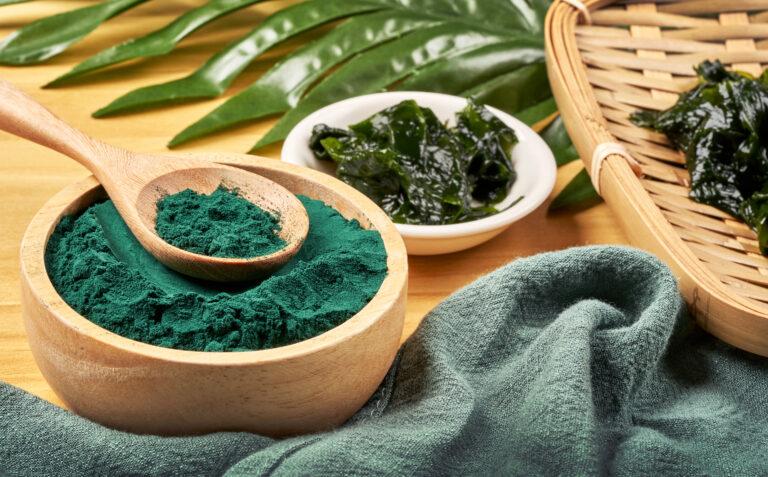Seaweeds are most commonly used as ingredients in health and functional food applications, food and feed additives, including wild and cultivated varieties. A number of risks have been identified for the consumption of marine algae, with iodine, inorganic arsenic, cadmium, marine biotoxins and microplastics being the most prominent of the currently known hazards.
Pheophorbides (chlorophyll metabolites) are a potential chemical hazard, but we have limited information on the hazard in Europe. Phototoxic effects due to algal products with high pheophorbids content have caused significant health damage to affected consumers in Asia in the recent past. Examples of some widely used algae products are chlorella and spirulina dietary supplements. After photosensitive skin lesions occurred in people taking chlorella tablets in Japan, the study showed that its pheophorbide content was the trigger.
As a consequence, official limits have been set for certain product groups in some parts of Asia (not yet in the EU). In Japan it was concluded that the minimum amount of pheophorbide that is photosensitizing is 25 mg/man/day. Based on this, a limit was set: 100 mg pheophorbide in 100 g or 160 mg cumulative pheophorbide (i.e. the amount present plus the amount formed by chlorophyllase activity during incubation at 37°C for three hours). In Taiwan, the limits apply only to dried green and blue algae with a residual moisture content of less than 7%,but does not apply for red and brown algae or fresh products. Although there have been no recent case reports of phototoxic effects after consumption of algal products, the problem potentially persists.
In India, studies conducted in different aquatic environments, e.g. fresh water, harbours, etc., showed clear spatial and seasonal variations in chlorella concentrations. This highlights the need to investigate different algal production environments separately to assess the content of algal products and hence the safety of their consumption.
It is worth noting that there are differences between the analogues. In vivo experiments on the photosensitivity of chlorophyll degradation products have shown that pheophorbide a, together with chlorophyllide a exhibits a greater phototoxic activity than pheophorbide b. Therefore, a distinction should be made when analysing the pheophorbide-content of products rather than looking at the total pheophorbide-level.
Despite the fact that the use of seaweed as a healthy feed, food and feed and food ingredient has increased considerably in Europe, no study was found that searched for and evaluated the prevalence of these levels in Europe.
It is important to carry out further toxicity studies on individual products made from seaweed to get a clearer picture of their potential adverse effects.

